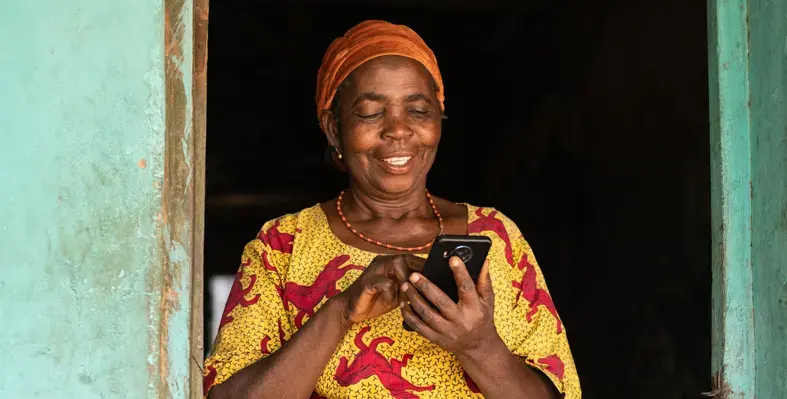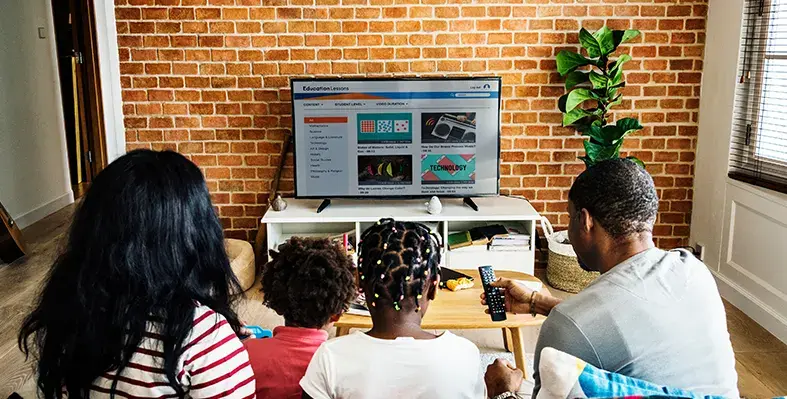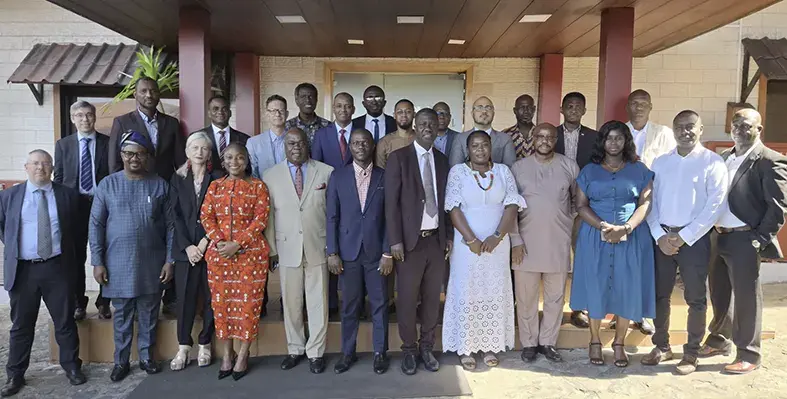Healthcare workers in low-income countries, like those in sub-Saharan Africa, could use existing smartphones to diagnose, track and control infectious diseases in low-income countries, an Imperial College London review said
The review led by researchers from Imperial, Karolinska Institute, UCL, University of KwaZulu-Natal, Africa Health Research Institute, and the London School of Hygiene and Tropical Medicine, added that smartphones could help enable people to test themselves, and get results and support in their own homes.
Imperial further added that implementing such methods would make it easier for people to look after their own health, especially in rural areas, where clinics can be too far to travel.
In addition, patients worried about a potential HIV infection might be more inclined to get tested if they could do it at home and avoid the stigma of attending a clinic.
Many smartphones have built-in sensors that can help diagnosis, such as a heart rate monitor and an oximeter, as well as a camera and microphone that can be used to analyse images and sounds like a person’s breathing. Simple test technologies are being developed, which can be connected to a phone, via a USB stick or wirelessly.
The approaches outlined in the review include apps that use the phone camera to interpret test results, send findings to local clinics or health workers, and host virtual follow-up appointments with health workers.
The apps would send the results to local clinics before they are uploaded to a central online database, instead of patients having to attend in person.
Combined, the test results would provide a picture of symptoms across a region to help predict and combat current and future outbreaks.
The authors stressed that these approaches could help increase the rates of disease testing in regions with limited facilities.
Lead author Professor Molly Stevens, from Imperial’s Departments of Bioengineering and Materials, stated, “People increasingly use smartphones to manage their money and connect with the world. It makes sense that phones can also play an even larger role in healthcare than they already do.”
Co-author Dr Chris Wood, who conducted the work at Imperial’s Department of Materials and Sweden’s Karolinska Institute, explained, “By developing mobile health interventions, we address a number of challenges in healthcare and public education. Connected diagnostic tests for diseases have the ability to improve and build on these in new and exciting ways.”
Professor Stevens concluded, “This is an exciting opportunity for researchers and policy makers to develop new tools and systems that could drastically improve human health and wellbeing in the future.”























